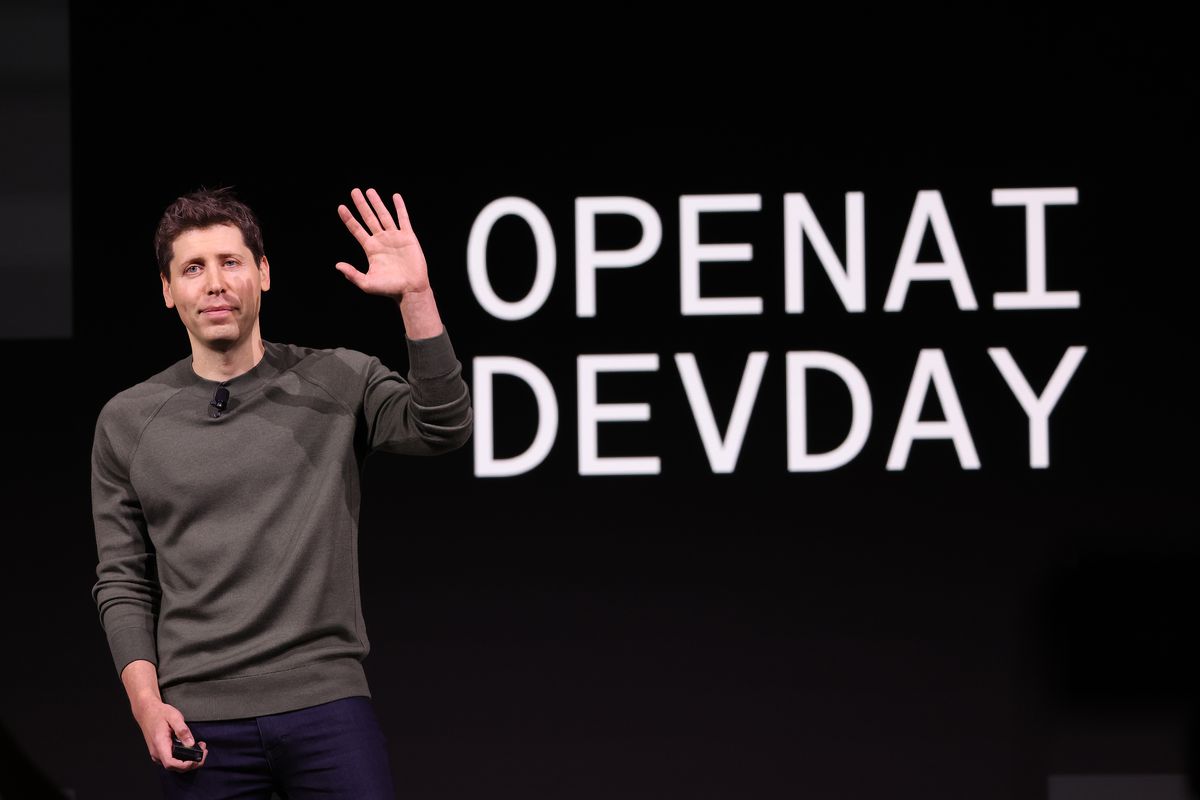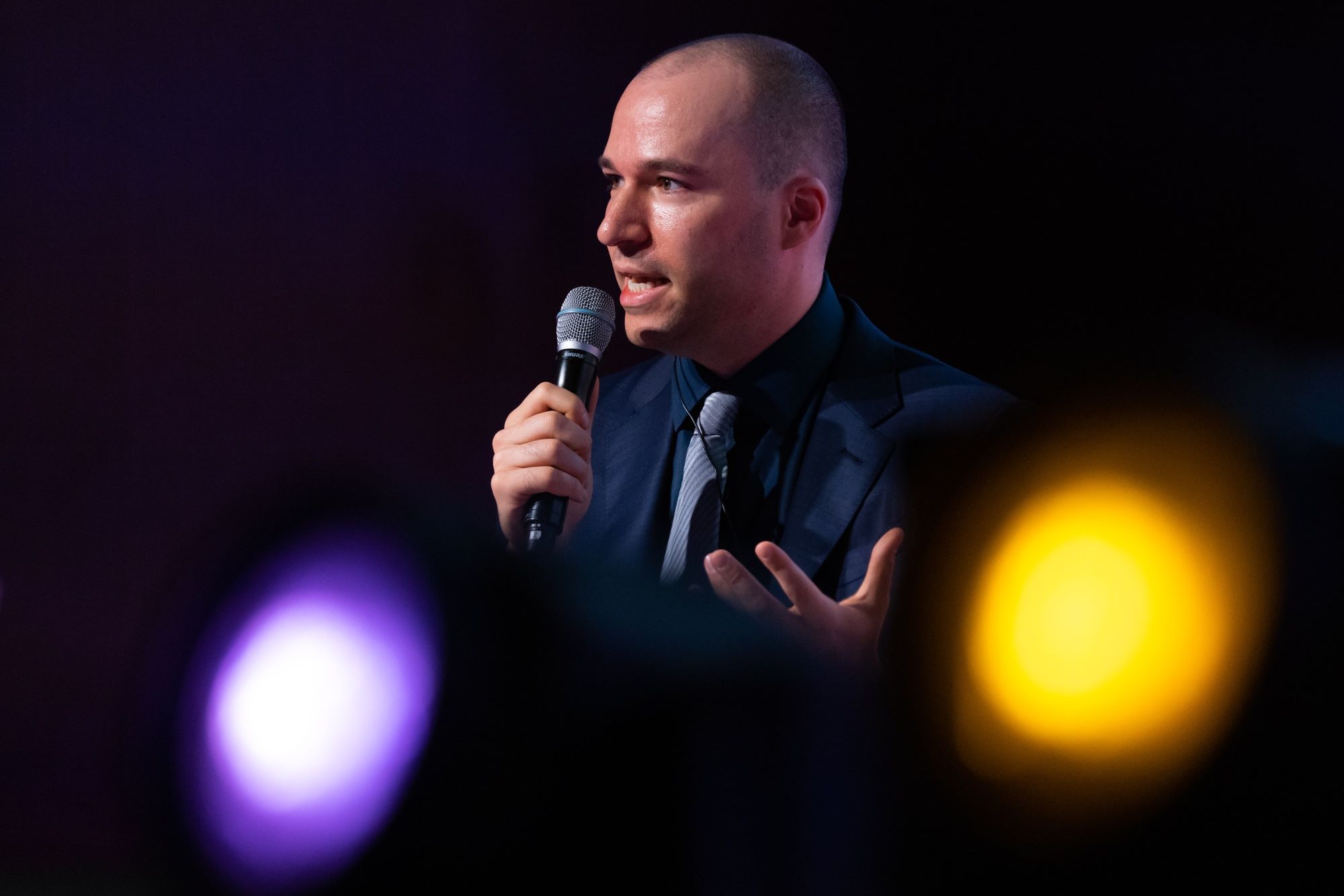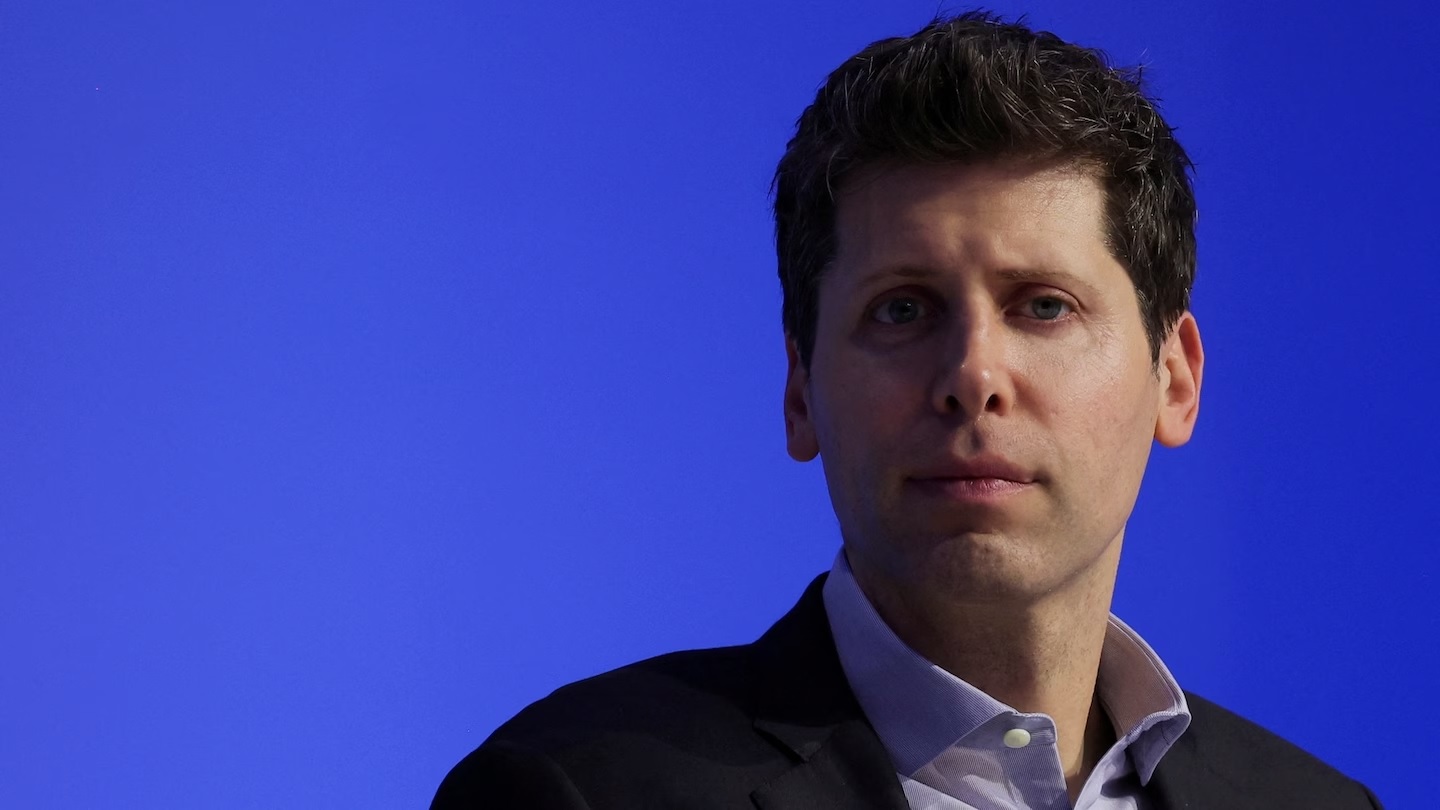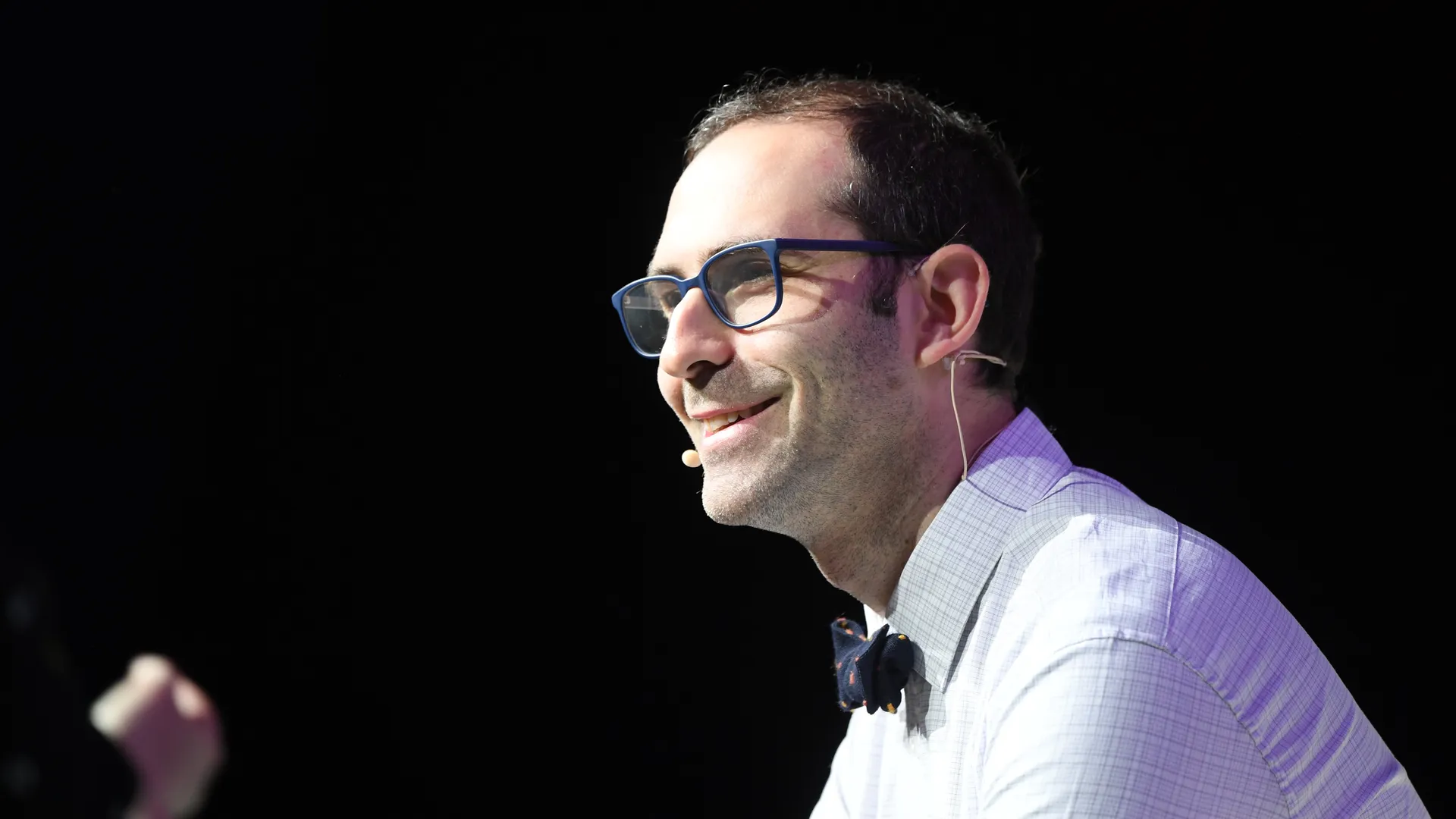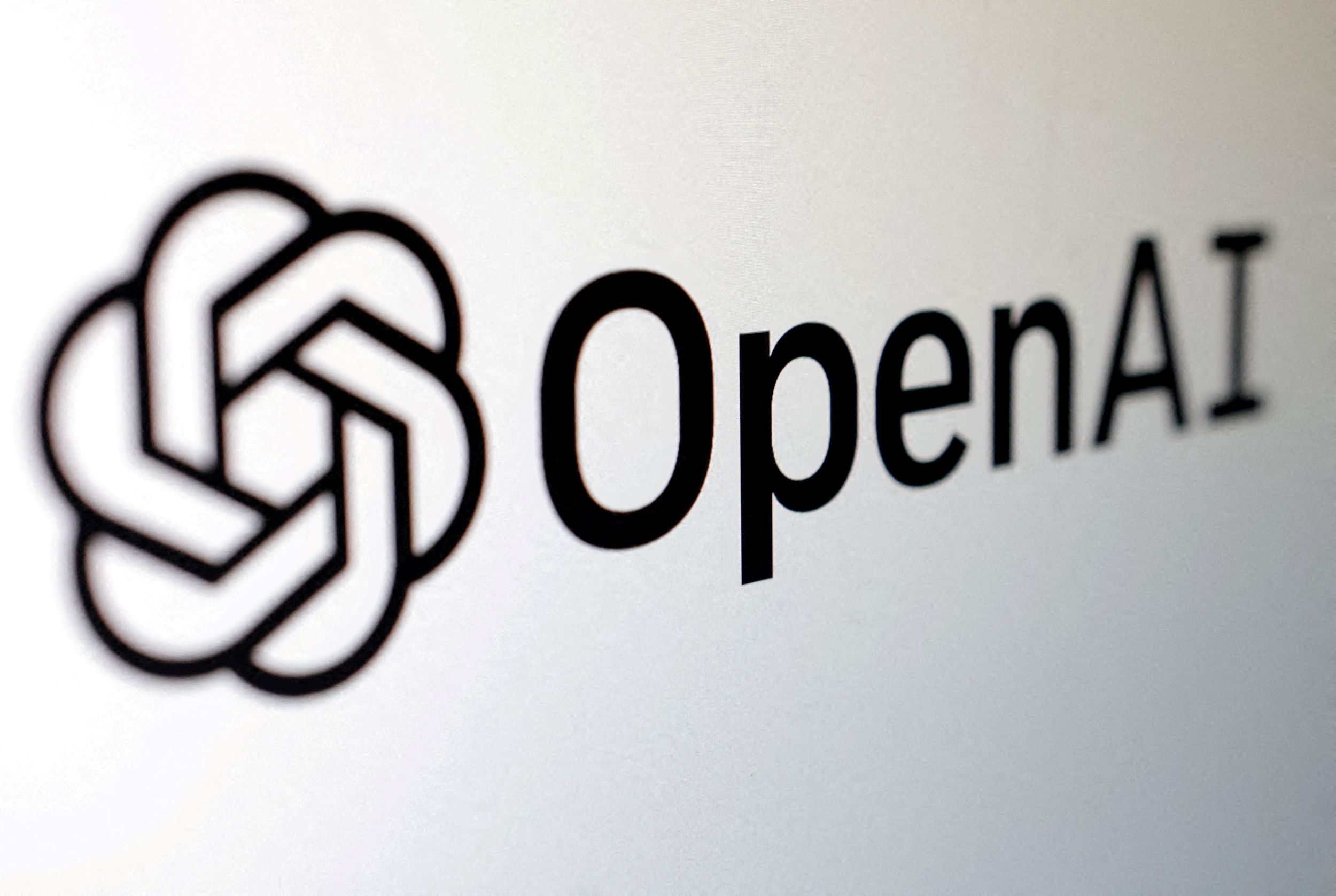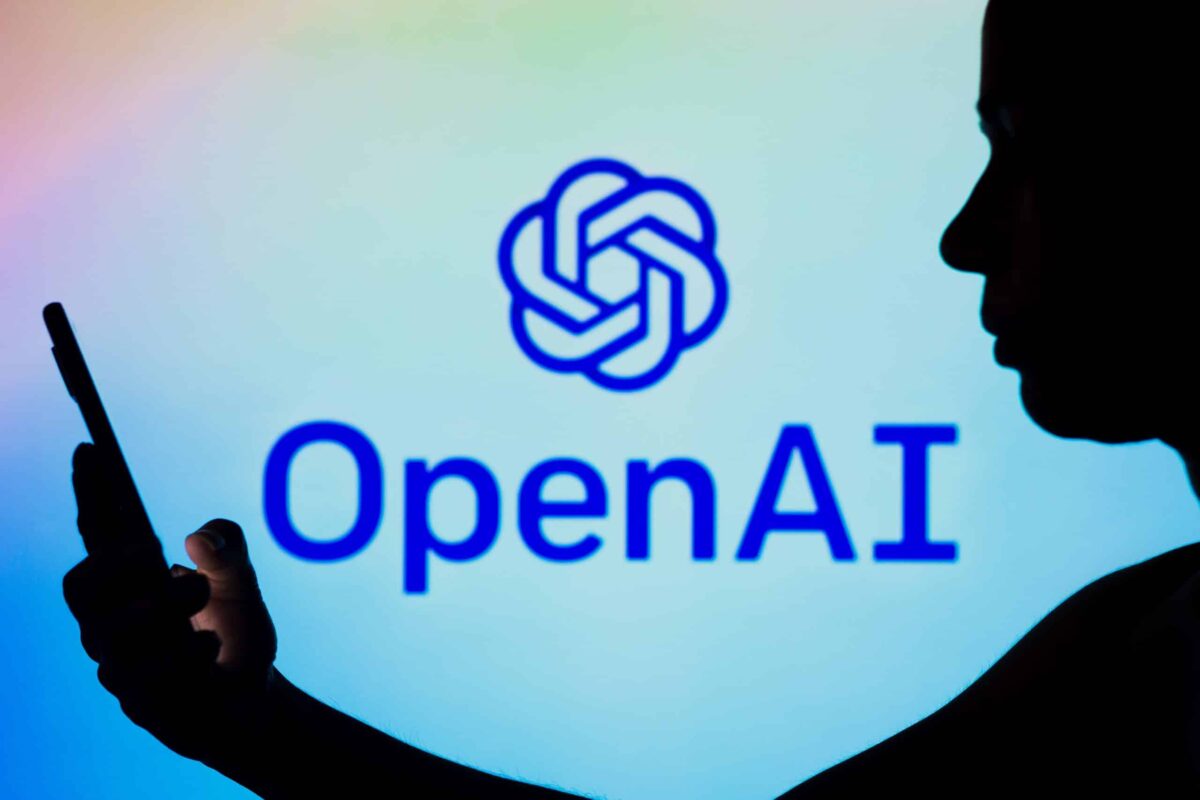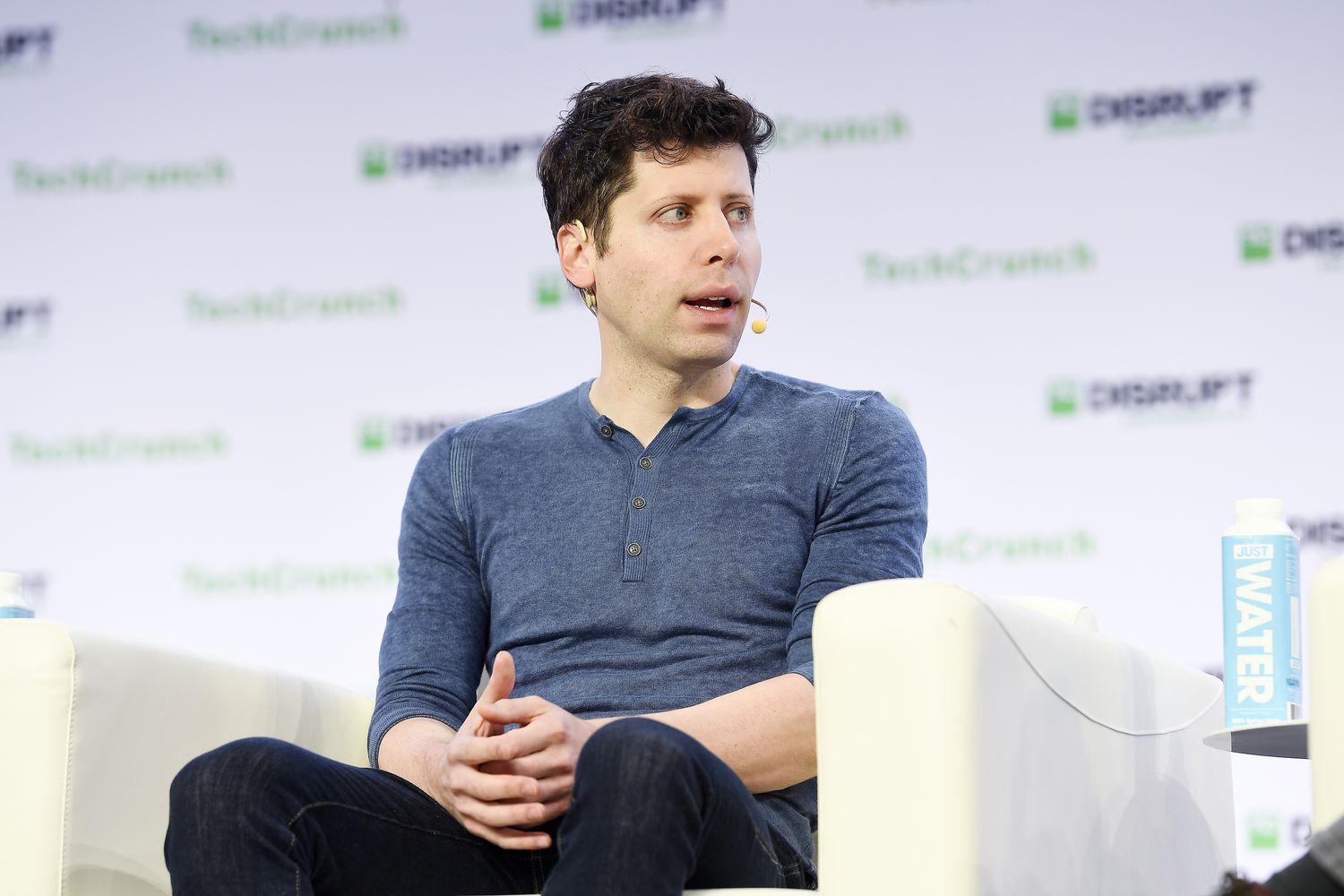OpenAI, the once-promising organization, is now in a state of disarray after the sudden removal of former CEO Sam Altman. While the exact reason for Altman’s firing remains unclear, it appears that power struggles within the board were a significant factor. In the midst of this chaos, Microsoft has swiftly positioned itself as the ultimate victor. Led by CEO Satya Nadella, the tech giant has made strategic moves that are set to catapult it ahead, regardless of OpenAI’s uncertain future.
Key Takeaway
Microsoft emerges as the clear victor in the OpenAI turmoil, strategically recruiting former CEO Sam Altman and other top talent. This move solidifies Microsoft’s position in the AI industry and allows it to acquire OpenAI’s assets while avoiding regulatory obstacles.
A Strategic Coup by Microsoft
In a surprising turn of events, Nadella announced that both Altman and OpenAI president Greg Brockman would join Microsoft as employees, with Altman taking charge of his own AI group within the company. This dramatic recruitment has caused ripple effects, leading to an exodus of nearly 500 OpenAI employees, demanding the reinstatement of Altman and Brockman while threatening to leave if their demands aren’t met. This internal turmoil has significantly weakened the organization.
The fluidity of the situation makes it challenging to predict the eventual outcome for OpenAI and Microsoft’s new AI group. Nonetheless, there is one clear winner emerging from this upheaval – Microsoft. Investor confidence is evident in the almost five-point increase in Microsoft’s share price early this morning.
Microsoft’s Strategic Advantage
With substantial ownership in OpenAI due to previous investments, Microsoft was well-positioned to leverage the situation. By acquiring OpenAI’s leadership team and core technology without the burdensome regulatory hurdles of a full acquisition, Microsoft has gained a significant edge. Already providing computing infrastructure for OpenAI, Microsoft now secures the engineering and strategic expertise of OpenAI’s top talent.
The recruitment of Altman and his team into Microsoft’s AI group is a masterstroke. It not only allows Microsoft to potentially acquire OpenAI’s assets at a lower cost but also sidesteps potential obstacles from regulatory bodies like the EU competition board. By framing the move as hiring high-level individuals rather than a merger, Microsoft avoids intensified scrutiny.
The Composition of Microsoft’s AI Group
While the exact makeup of Microsoft’s AI group under Altman remains uncertain, several notable figures have already been confirmed. Greg Brockman, Jakub Pachocki, the lead of GPT-4, Aleksander Madry, the former head of preparedness at OpenAI, and researcher Szymon Sidor are among the talented individuals joining Altman. The involvement of OpenAI’s chief scientist, Ilya Sutskever, who initially participated in the revolt against Altman, remains uncertain. Sutskever expressed regret on Twitter, attempting to reconcile with Altman and Brockman, but stated that he would not be joining Microsoft.
In conclusion, while the future remains uncertain, Microsoft’s swift actions and strategic moves have positioned the company as the ultimate winner in the OpenAI debacle. By acquiring OpenAI’s key talent and technology, Microsoft has gained a considerable advantage in the highly competitive AI space. The impact of this power play will undoubtedly shape the industry landscape in the coming days and weeks.







